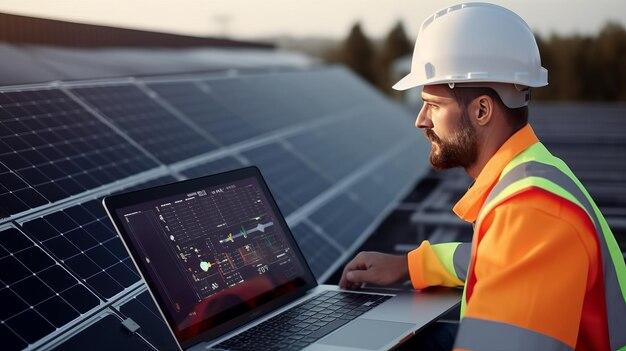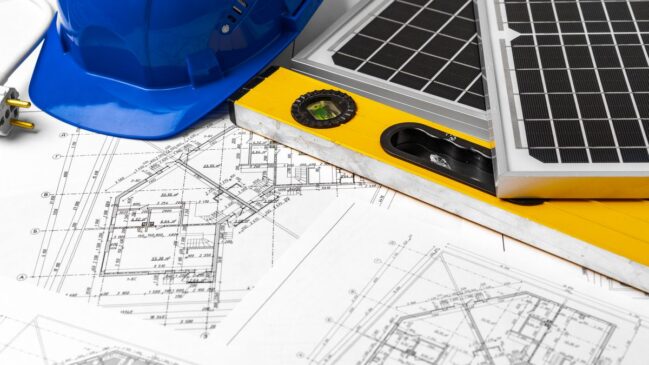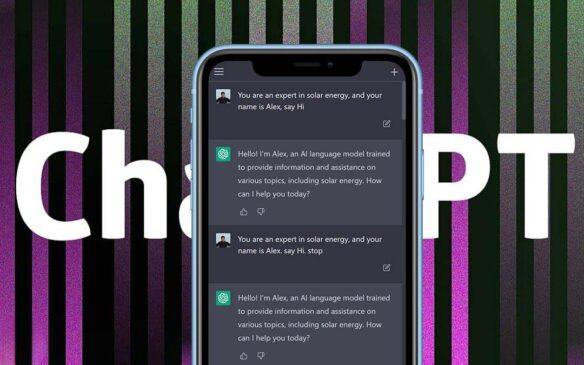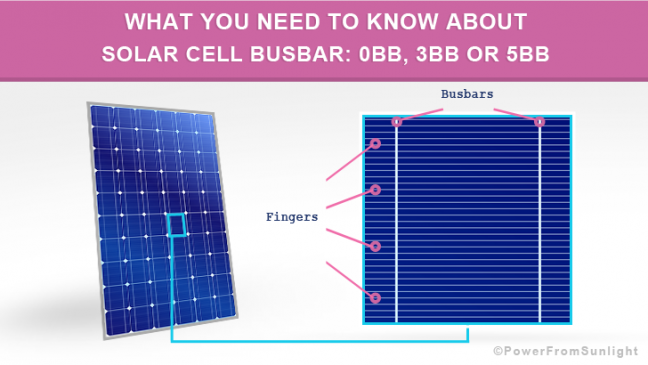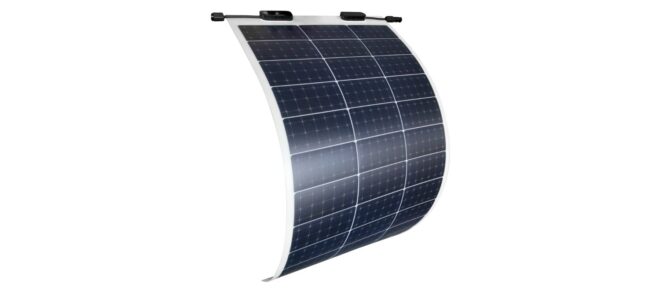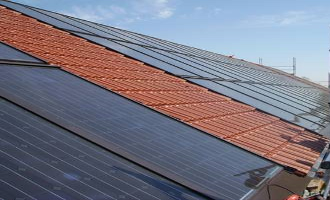
Checklist: FAQ Relating To The Technical Components Of a Solar Panel System
The components of a solar panel system

What is the role of the solar panel system? – The question here is, whether the electricity is produced to ensure an independent power supply in the off grid solar system or whether the primary aim is, with the aid of the grid tied solar system to reduce power consumption and to promote via the feed-in remuneration an environmentally friendly energy source.
Is the off grid solar system combined with other electricity generators? – This could be, for example, wind turbines or diesel generators.
In applications for boats or caravans, the corresponding requirements regarding the storage battery must be considered.
Are all necessary components in the off grid solar system considered? – these are solar PV panels, PV mounting system, cabling, solar charge controller, battery, solar PV inverter.
Are all necessary components in the grid tied solar system considered? – these are solar PV modules, PV mounting system, cabling, solar power inverter, meters, remote control, and if necessary solar storage batteries.
Solar PV modules

When selecting the solar PV modules, a number of factors should be considered.
How high is the efficiency of solar PV panels? – Here, there are differences between monocrystalline, polycrystalline and thin film solar panels.
In the case of thin film solar panels, the temperature dependency is lower, and the use of diffuse solar radiation is better compared to crystalline modules.
What is the performance tolerance of solar PV panels? – The lower, the better. You can find this information in the solar panel datasheet.
How does the temperature coefficient look? – The smaller the temperature coefficient of Pmax, the better.
A lower temperature coefficient of Pmax said that the power falls less with increasing module temperature. This is particularly relevant for solar PV modules that will be integrated into the roof.
How much mounting area is available? – If there is enough mounting area on the roof, lower priced polycrystalline solar panels can be installed.
What do the solar PV panels cost? – Regardless of the quality and the manufacturer monocrystalline solar panels are more expensive than polycrystalline or thin film solar panels. Within a category, a good quality has a higher price.
Is a special design needed? – Monocrystalline, polycrystalline and thin film solar panels each have individual appearances.
Monocrystalline solar panels are dark blue or black, while polycrystalline solar panels look glittering light blue. Solar PV modules can also be produced in different colors.
If the design plays a role, then the possibilities should be here considered.
Solar PV modules with or without a frame? – Solar PV panels with a frame have lighter soiling appearing in the frame and are more stable. PV modules without frame and with a small roof inclination, therefore, have advantages.
Solar power inverter

Which efficiency? – The effectiveness of the solar power inverter decides on the yield of the solar PV system.
Lower efficiency means reduced yield. When choosing a solar PV system, look out for the European Efficiency or the CEC Efficiency.
Which nominal power? – The solar power inverter is optimized according to the plant output.
Rule of the thumb: The nominal power of the solar PV inverter should be ten percent less than the nominal power of the PV generator.
How many solar PV inverters? – This is among other things a financial question.
Smaller solar PV systems often have two solar multi-string However, the number also depends on if PV modules have different inclinations or shadow problems.
Solar data logger? – it makes sense to integrate it in the solar PV inverter.
Selecting the location of the inverter – A solar power inverter functions optimally in a cool dark place.
Is the inverter suitable for thin film solar panels? – Not all solar PV inverters match here; transformerless inverters cannot generally be used.
Electricity Meters

How does the feed-in meter measure (In the case of a feed-in tariff model)? – For optimal yields, it is important to set the feed-in meter so that it measures like a Ferrari‘s meter, thus balanced. Otherwise, the yields can fall up to one-third
Buy feed-in meter? – In contrast to a consumption meter, which always belongs to the grid operator, the feed-in meter can be purchased from the plant operator. This can be cheaper than renting it from the grid. It is recommended to ask the grid operator in advance about the cost.
If the feed-in meter belongs to the grid operator, then the plant operator must bear the regular calibration costs.
Bi-directional meter? – This must be rented from the grid
Is a Net-Meter required (In the case of a Net Metering model)? The Net-Meter runs in both directions to accommodate electricity generated at your solar plant.
PV meter – must be procured from the plant operator.
Battery storage system

Is an energy storage system needed? – If yes, it should be a special solar battery. Basically, there are two technologies: lithium and lead batteries.
Other PV components

Which cables should be selected? – An optimal solution would be a compromise of cable cross-section and price.
Solar cables with high cross-sections have lower losses but are more expensive. Therefore, it is recommended to use a cable size calculator.
In any case, special solar cables should be utilized (insulation, weather resistance, mechanically durable).
Is a lightning protection system in a plan? – If there is already a lightning protection system, then the solar panel system must be integrated into this system, and when installing solar PV system, the required distances to the lightning protection system should be respected.
Insurance companies usually require a proof of the lightning protection system.
Take into account PV fireman’s switch – In the case of fire, a solar PV system can cause problems, because high voltages occur in the DC cables.
The integrated network activators in solar power inverter are not sufficient. PV Fireman’s switches make individual disconnectors in the solar PV modules unnecessary.

